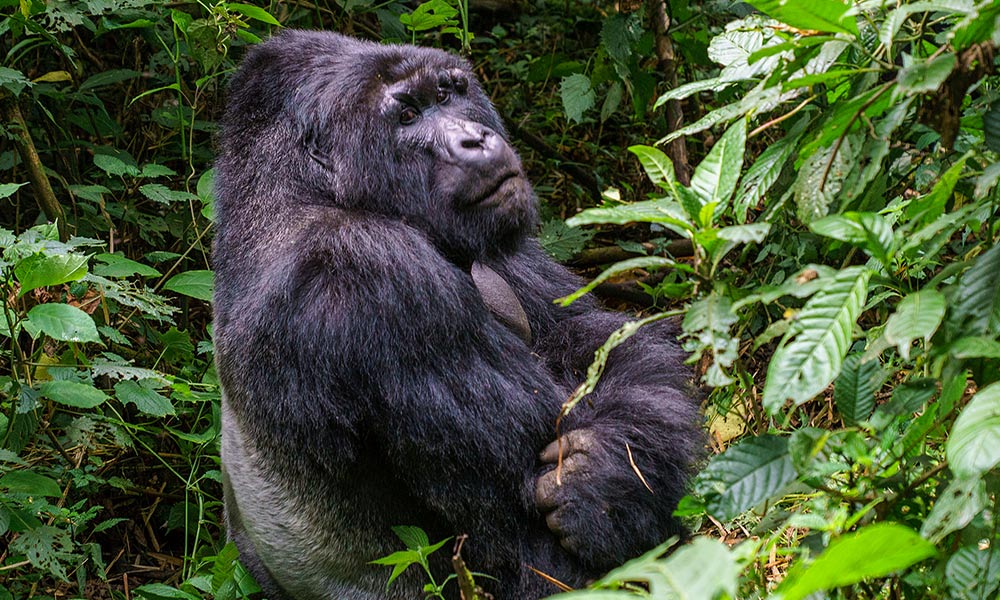Know What African Safari Attire Is Essential For Your African Safari!
Want to know what African safari attire you need for your safari?
You’ve come to the right place!
Find peace of mind & answers to your questions about what African safari clothing to have for your African safari. Learn what to expect & be prepared for your African safari vacation.
Here are some essential African safari attire tips
We have given you the items are that we think are essential African safari attire. Safari attire that will enhance your African cultural & wildlife safari experience.
Safari Attire Guidelines
- When getting your safari attire choose beige, khaki, brown and olive for safaris and game walks.They are least disruptive to the animal’s eyes, they are natural and camouflage well.
- Bring a sweater and layers of clothes. It may be chilly on the evening game drives and hot during the day. During the day a tee shirt and shorts are fine.
- What safari attire you pack also depends on the time of year that you will be traveling. During the winter months (May to September), it can be chilly in the mornings and evenings, so it is a good idea to have long trousers and a warm sweater. Summer temperatures can be very hot, so loose clothes in breathable fibers are most comfortable. Simple separates are ideal. They can be layered to add warmth if necessary.
- I always recommend bringing a sweater. And I always have layers even in summer, since the nights can be quite cool due to the high altitude. You are well above sea level in many safari areas of South Africa, Kenya and Tanzania. At night you need to have long sleeved shirts and long pants for protection from mosquitoes and for warmth.
- Again, neutral colored clothing is preferable on safari. Clothing is generally casual, especially at holiday resorts and in the game reserves. However, in some of the more exclusive hotels, men are required to wear jacket and tie for dinner. Black tie for dinner is optional for a journey on The Blue Train and Rovos Rail.
Suggested List Of Safari Attire & Supplies
Here is a suggested list of safari attire & supplies that you can use as a guideline.
Scroll further below for a checklist of other essential things you must remember to bring.
- 2 pairs khaki cotton pants (jeans may be too hot)
- 2 pairs sturdy shorts
- 2 long sleeved shirts (for sun protection as well as warmth)
- 1 light sweater or sweatshirt
- 1 lightweight, waterproof windbreaker
- 1 or 2 pair sturdy walking or hiking boots or running shoes
- 3-5 short-sleeved shirts or T-shirts
- 5 changes underwear and socks
- 1 hat with a brim (you need to also protect your ears and neck)
- Note most lodges have a laundry service, complimentary or at a charge
- Also bring insect repellent if camping though most lodges have this
- Small personal first aid kit & if you take prescription medicines bring what you need for the whole trip. They won’t be available on safari.
- Bring a copy of your prescription; it may be available in the cities.
- Repair kit: needle and thread, nylon cord, rip-stop tape
- Plastic packets to compartmentalize items within your travel bag
- For a mobile safari (where you will go from camp to camp and porters set up camp for you in advance) the best luggage is a soft bag, or backpack with an internal frame.
- If part of your itinerary includes light aircraft flights, there are serious weight restrictions. You are usually restricted to 10 or 12kg (22 or 26 lbs), per person, in a soft bag. Storage space in a light aircraft is at a premium, and the pilot may refuse to take on bulky or excessive luggage. You will be charged for the excess.
- Sunscreen or block. In Africa the sun is strong nearly year round. So if you are pale a #10 or higher screen will be needed for the first few days; #4 or 5 may be adequate thereafter.
- Aspirin or Tylenol for mild pain or headache
- Moisturizer, lip balm
- Anti diarrhea medicine
- Topical antibiotic, for cuts, bites or sores
- Insect repellent. The principal active ingredient is N, N-Diethyl-Metatoluamide (DEET), an effective repellent will have 75% content or higher. Liquid drops are best for skin application unless your skin is sensitive, sprays can also be used for clothes Sun Sticks are best for lips and nostrils
- Moleskin or Second Skin adhesive pads for blisters
- Camera and film or memory card. And batteries. Film and batteries can often be obtained at the lodges or rest camps. It will be expensive though.
- Binoculars
- Paperback reading and writing material (keep weight at a minimum)
- Bird and animal checklist some lodges have these
- Extra sweater
- Gloves yes, gloves you have a wind chill effect when you are on early morning game drives. This is especially so when in the the back of open 4 x4 s
- Down vest or jacket if you get cold easily








